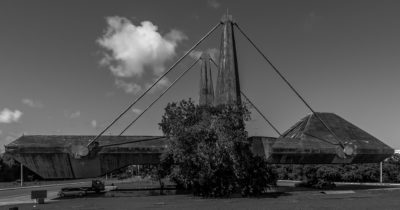Gingerbread City at the Museum of Architecture
How buildings made of sugar and spice help us understand the challenges ahead
‘Water in Cities’
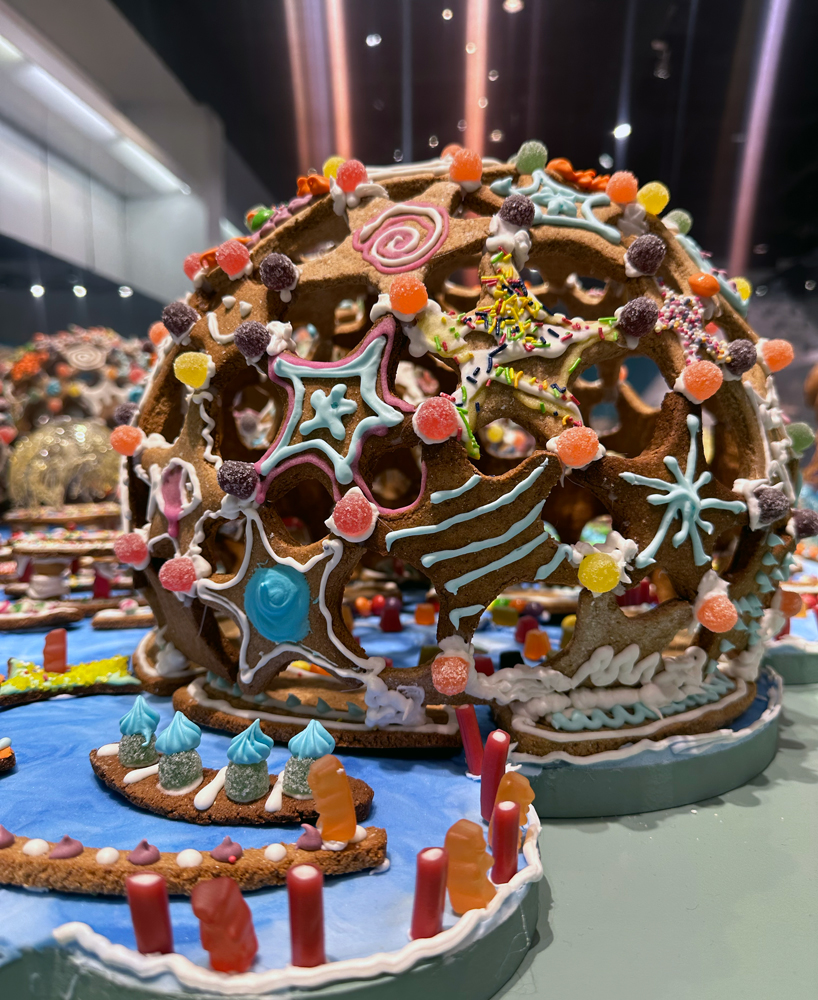
In the middle of the mayhem of a shopping mall in December is an oasis of sugar-dusted calm. Gingerbread City has taken over a shop in London’s Westfield White Cty and a sister space in the Seaport Building in downtown Manhatten. It’s an annual event; a theme is pre-set, plots are sold, and world-class architects dream and build… in gingerbread. It’s an architectural and creative marvel. This year’s theme is Water in Cities; the plot designers and their baking teams experiment and champion sustainable design ideas.
Melissa Woolford, the founder and director of the project, and site master planner Madeleine Kessler are the driving force behind the Museum of Architecture, a charity ‘dedicated to connecting the public with architecture and design in fun and exciting ways’.
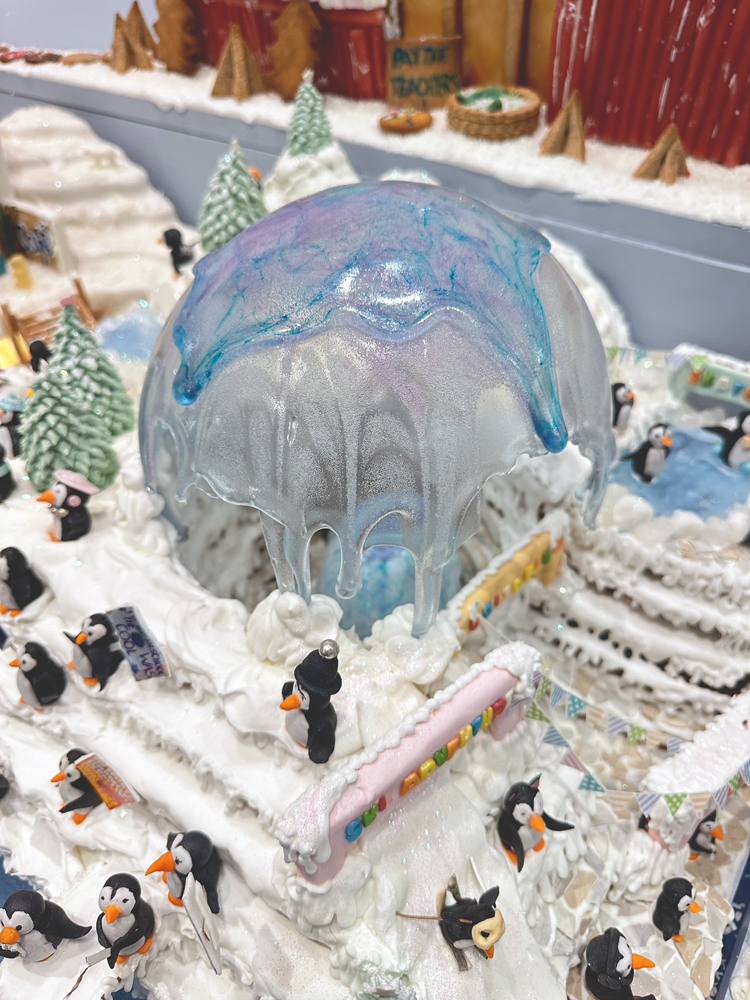
We spoke to Melissa and Madeleine ahead of this year’s opening;
Why Water in Cities?
Melissa: We are looking at how we can have a more sustainable water cycle. Also, how do you build and construct in relation to water, whether that’s in a canal setting or on a floodplain? Architects have been looking at different ways of tackling the issue.
When does planning begin?
Melissa: We start thinking and planning in July – the architects start in October, but obviously, they’re building at the last minute because the gingerbread has to last
Why London and New York? Is there a separate team in New York?
Both cities are dealing with the same issues: urban floodplains. Some of architects are looking at the notion of floating cities and submersive cities. The New York Gingerbread City features the designs of locally-based architects. Otherwise same idea, same concept
How much do you see of the designs ahead of set up?
Madeleine: A few sketches that come through, they don’t ask for permission or anything
Melissa: They just respond to the theme and we trust that
Madeleine: The master planning document does have a certain level of prescription to it. It states the theme around each of the plots, how big the structure can be, so we do have some idea of the scale. But we don’t know the individual detail or how people respond to the theme. This year I think we have both been absolutely blown away.
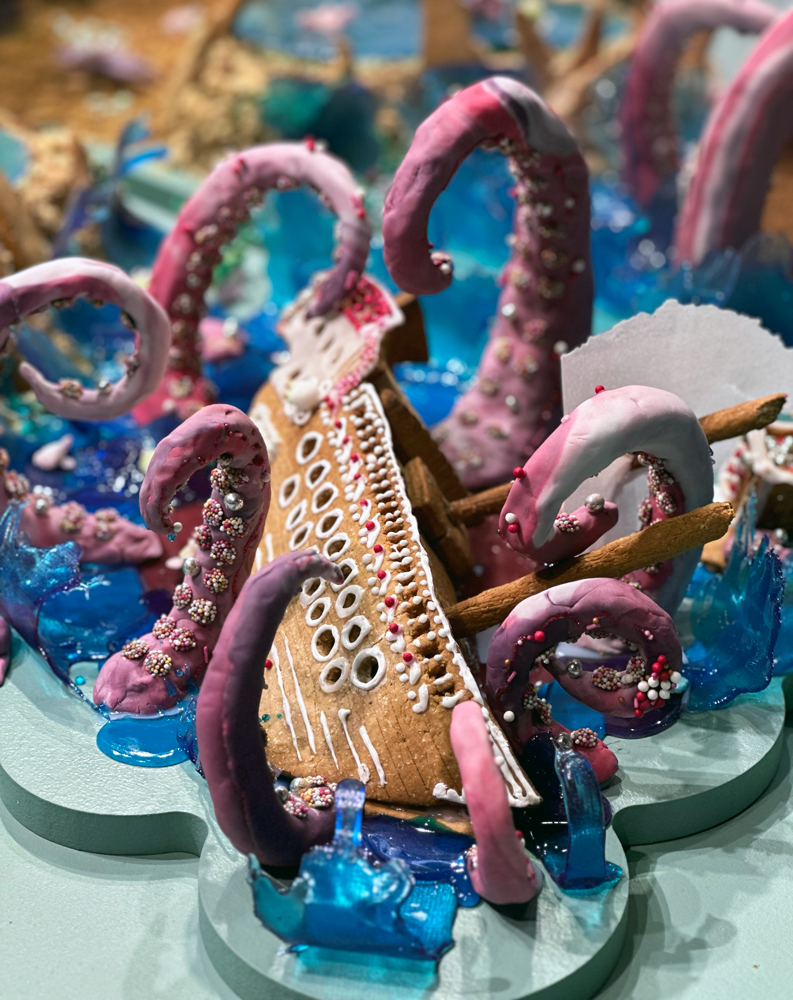
Is it suitable for children?
Melissa: Its a great way for young kids and families to talk about the importance of architecture and why they should care about the built environment and climate change
What happens to the city when the event closes? Do you get to eat it?
Madeleine: It gets composted; we teach sustainability and practice sustainability
The Peppermint Biodiversity Centre designed by Yuliya Kaizer
We caught up with Yuliya, who approached the brief from the perspective of regeneration programmes in historic urban waterfronts. Yuliya lives in the Portsmouth area and shared that ‘having done a master’s in Architectural Regeneration and Development, the gingerbread design was a no-brainer. Being surrounded by underused historic forts and lighthouses, I wanted to highlight their importance in creating local identity. The old lighthouse she imagined in biscuit and melted mints incorporates a bird watching platforms and underwater viewing areas. And its a real example of how the architects of the ‘city’ are using the opportunity to consider real issues which will impact us all more and more in the coming years.
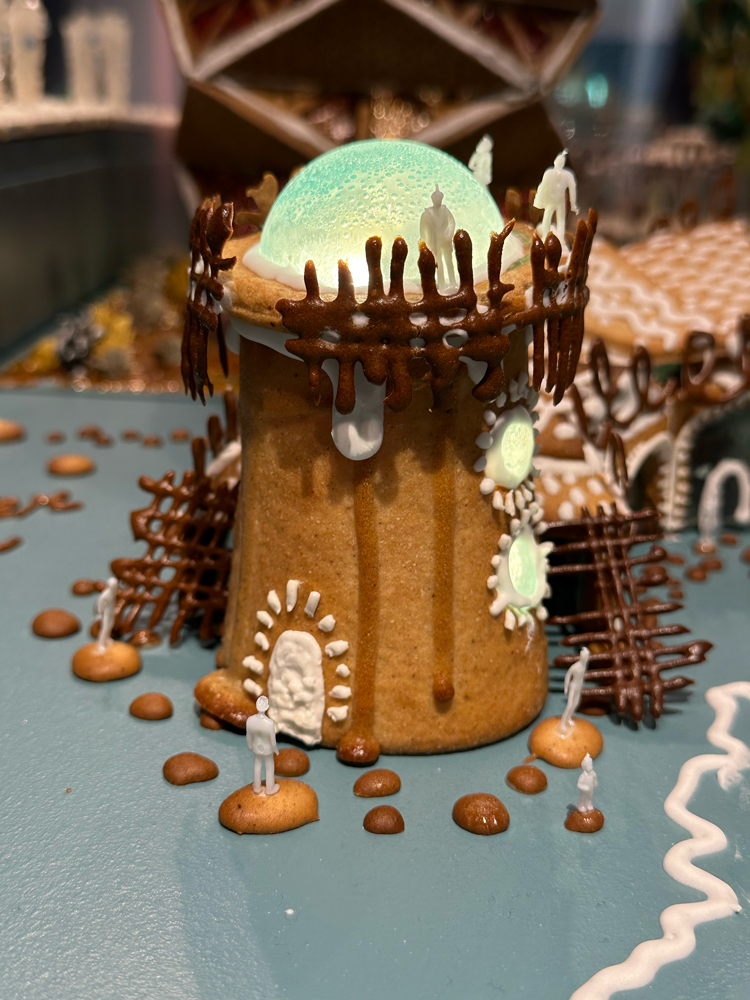
The Peppermint Biodiversity Centre designed by Yuliya Kaizer
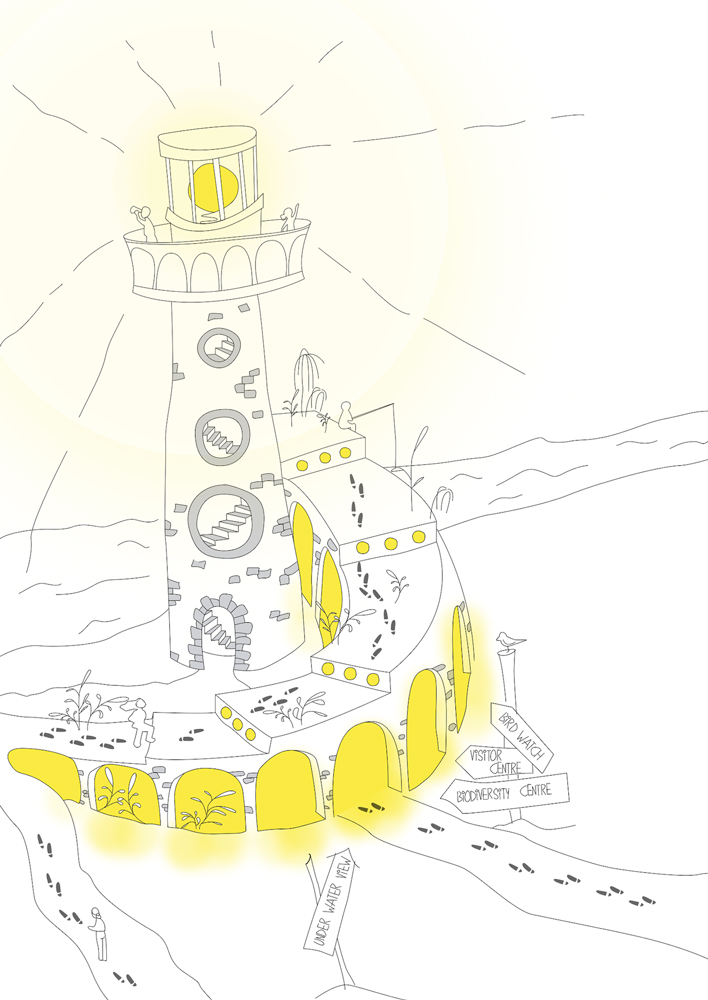
Yuliya Kaizer’s concept sketch
VISIT DETAILS:
Purchase tickets from the official website: www.thegingerbreadcity.com
There’s the option to go to a workshop and build your own gingerbread house – we went last year and cannot recommend it more highly
Location London: Westfield London at White City
Location New York: Seaport in Downtown Manhattan
Dates: 2 December to 7 January
Prices:
Find The Gingerbread City on Instagram @thegingerbreadcity





